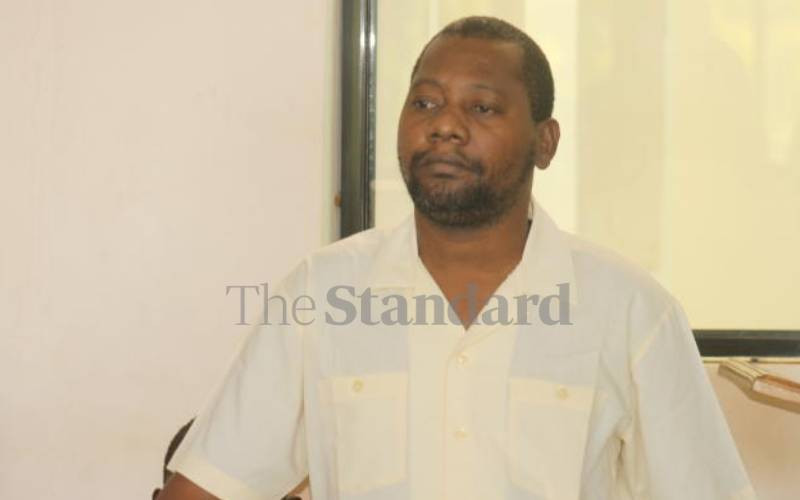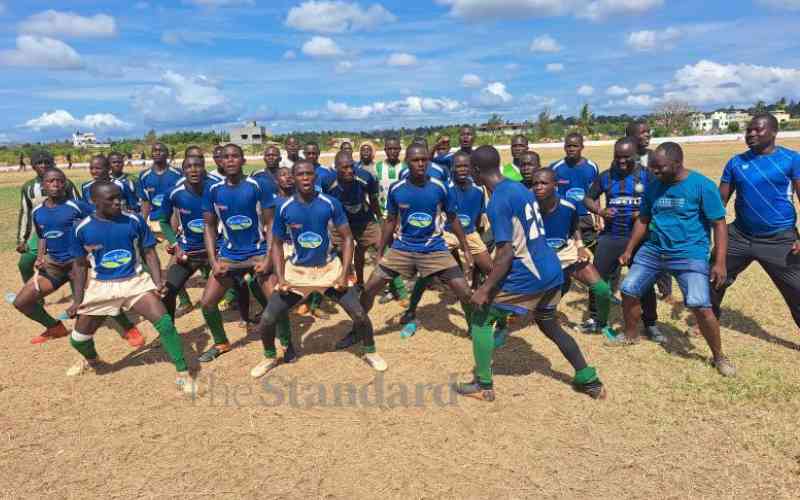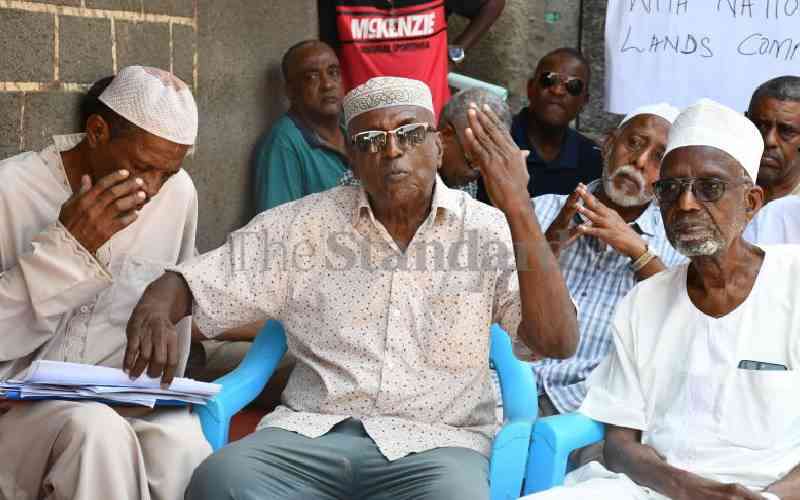In a moment of courage, Ronald Ngala stood before a crowd of supporters in Malindi and lowered the red flag of the Sultan of Zanzibar to symbolise the end of colonial rule in the coastal strip in 1961. This telling moment, described as an act of treason among the supporters of Sultan rule marks off the different histories of mainland Kenya and the Coast.
In the Coast, the African majority viewed the Sultan of Zanzibar as the colonial ruler. Mainland Kenya was always a British Colony. It is possible that our differing colonial experiences have impacted on our self-identities differently.
While others want the centre...
For the most part, mainland Kenya has grappled with how to fix the centre. This has seen the country transfixed on the person of the president wrongly believing that we need only find a saviour president to fix all the problems.
The Coast region, on the other hand, has gravitated towards federalism as a panacea for the problem of a rotten centre. The assumption here is, with sovereign power in the hands of the regions, the abuses common to the history of centralized government will be limited or of limited consequence.
In the 10 years after the repeal of one-party rule, the country was lost in an abrasive struggle to replace President Moi. President Moi had come to symbolise all that was bad with Kenya. Human rights violations, corruption, ineptitude and all manner of ills were attributed to his rule. It was thought Kenya needed to remove Moi as president to heal all that ailed it.
In 2002, Kenya believed it was cured of the ills of Kanu to become the world’s most optimistic nation. Five years later, after a failed effort to reform the Constitution, the country plunged into conflict. It became apparent the rot went further than the occupant of State House. The structure of the state and the workings of its institutions came sharply into focus.
What Ngala fought for
As with Ronald Ngala at the Lancaster House talks on independence, the Coast region stood out for regional autonomy in the talks for a new constitution. With other regions falling into line supporting some form of regional autonomy, it became a matter of what form the new state would take.
Raila Odinga became the de facto leader of the quest for regional autonomy and a darling of the Coast. Ronald Ngala who hailed the 1963 Constitution for ‘(Giving) us a federal type of constitution. (And giving the) regions their own assemblies, with federal police, and with exclusive executive, administrative and legislative powers’ was once again vindicated. Though watered down in the 2010 Constitution, the fact that regions outside the Rift Valley, Coast and Western solidly backed devolution indicates the failure of the monolithic state in Fortress Nairobi.
However, the abrasive fight for the Second Liberation brought with it the fractious wounds of tribalism. In the quest to rout out Kanu many of the regional leaders retreated into their tribes seeking numbers to oust the Moi regime. This played into Moi’s hands allowing his rule to last longer. The blight of tribal political mobilisation was transmitted into the devolution era.
In essence, political opinion in Kenya oscillates between the federalist views of Ngala and the centralist grip of Jomo Kenyatta. The Second Liberation chose a safe path in the middle of the two extremes. Tribal considerations often cloud this reality from view.
The Coast Region, having crystallised into the bedrock of decentralised government and not having the numbers to thrust one of their own into the front row of national politics, has chosen to align with the side that best safeguards the interests of devolution.
In the Coast, it is not a matter of who lands with the biggest bag of goodies but rather who best represents the aspirations of the people by empowering them to produce the goodies. This is the hard truth driving coast politics. It is not about the desires of individual leaders but rather the collective desires of the people.
The rise and fall of leaders in the Coast Region has been punctuated by the political choices they make. Since Ronald Ngala no prominent national leader has risen in the region. The late Karisa Maitha made an impression but his stay was too brief to impact on the thinking of the Coast.
Stay informed. Subscribe to our newsletter
Devolution, the choice giver
Devolution has shone the spotlight on the region with leaders like Kilifi Governor Amason Kingi, Mombasa’s Hassan Joho and Governor Mvurya attracting national attention.
As 2022 draws closer, the region looks set to focus on these three for direction. Governor Hassan Joho has made known his intention o vie for the presidency in 2022. His charisma and courage (a thorn to others) has captured the imagination of many in the region. However, for Joho or any other coastal leader to galvanise the region he or she must stick to the Coastal mantra; devolution and decentralisation.
As the 2017 elections demonstrated, leaders judged to be lukewarm to that thinking get trashed. The script is done; support devolution or wallow in the deep blue sea.
Mr Kingi is the Deputy Governor, Mombasa County
 The Standard Group Plc is a
multi-media organization with investments in media platforms spanning newspaper
print operations, television, radio broadcasting, digital and online services. The
Standard Group is recognized as a leading multi-media house in Kenya with a key
influence in matters of national and international interest.
The Standard Group Plc is a
multi-media organization with investments in media platforms spanning newspaper
print operations, television, radio broadcasting, digital and online services. The
Standard Group is recognized as a leading multi-media house in Kenya with a key
influence in matters of national and international interest.
 The Standard Group Plc is a
multi-media organization with investments in media platforms spanning newspaper
print operations, television, radio broadcasting, digital and online services. The
Standard Group is recognized as a leading multi-media house in Kenya with a key
influence in matters of national and international interest.
The Standard Group Plc is a
multi-media organization with investments in media platforms spanning newspaper
print operations, television, radio broadcasting, digital and online services. The
Standard Group is recognized as a leading multi-media house in Kenya with a key
influence in matters of national and international interest.








